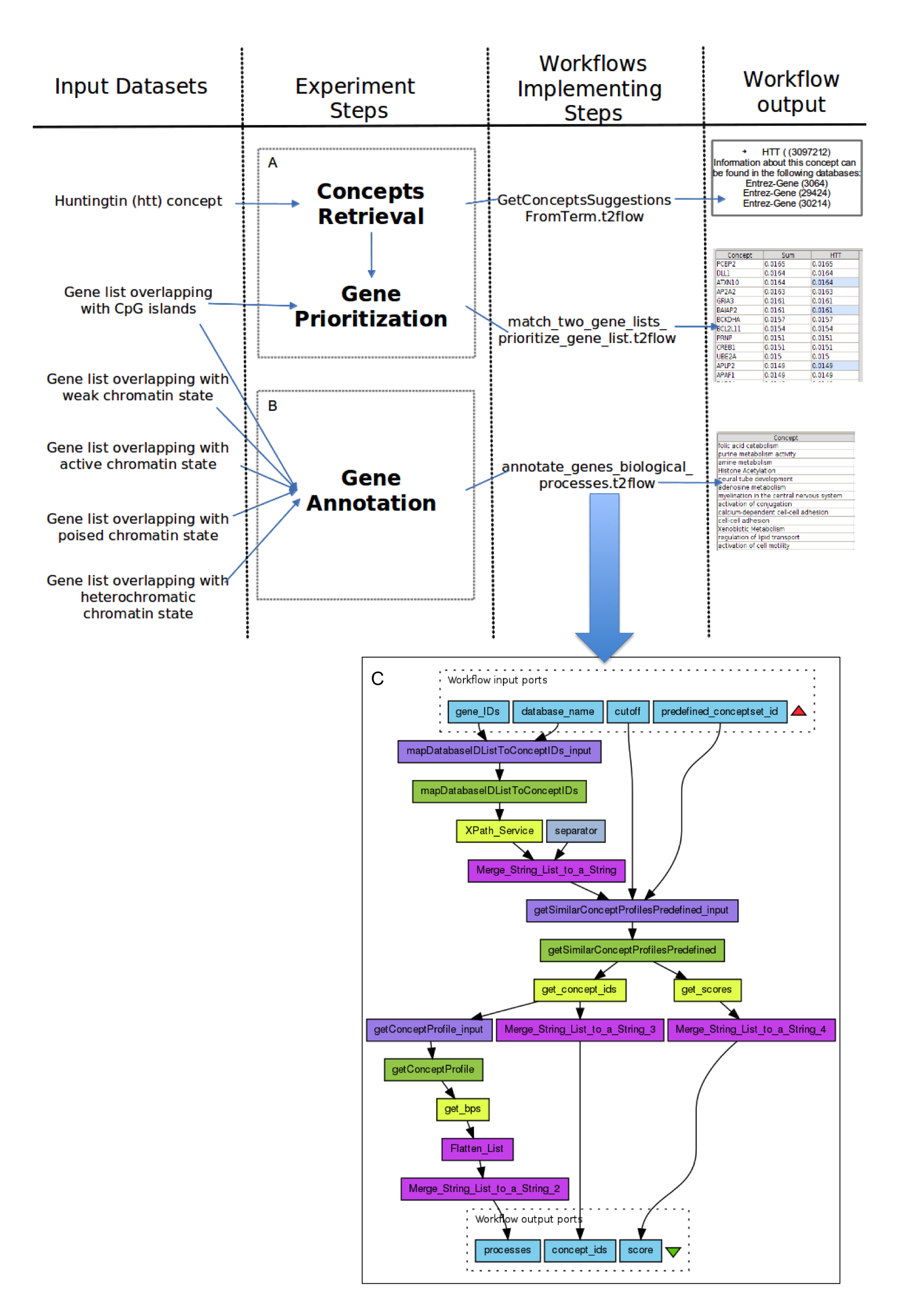(1:20.00-1:40.00) What he describes is the following: Most of his notes originate from the digital using hypothes.is, where he reads material online and can annotate, highlight, and tag to help future him find the material by tag or bulk digital search. He calls his hypothes.is a commonplace book that is somewhat pre-organized.
Aldrich continues by explaining that in his commonplace hypothes.is his notes are not interlinked in a Luhmannian Zettelkasten sense, but he "sucks the data" right into Obsidian where he plays around with the content and does some of that interlinking and massage it.
Then, the best of the best material, or that which he is most interested in working with, writing about, etc., converted into a more Luhmannesque type Zettelkasten where it is much more densely interlinked. He emphasizes that his Luhmann zettelkasten is mostly consisting of his own thoughts and is very well-developed, to the point where he can "take a string of 20 cards and ostensibly it's its own essay and then publish it as a blog post or article."
